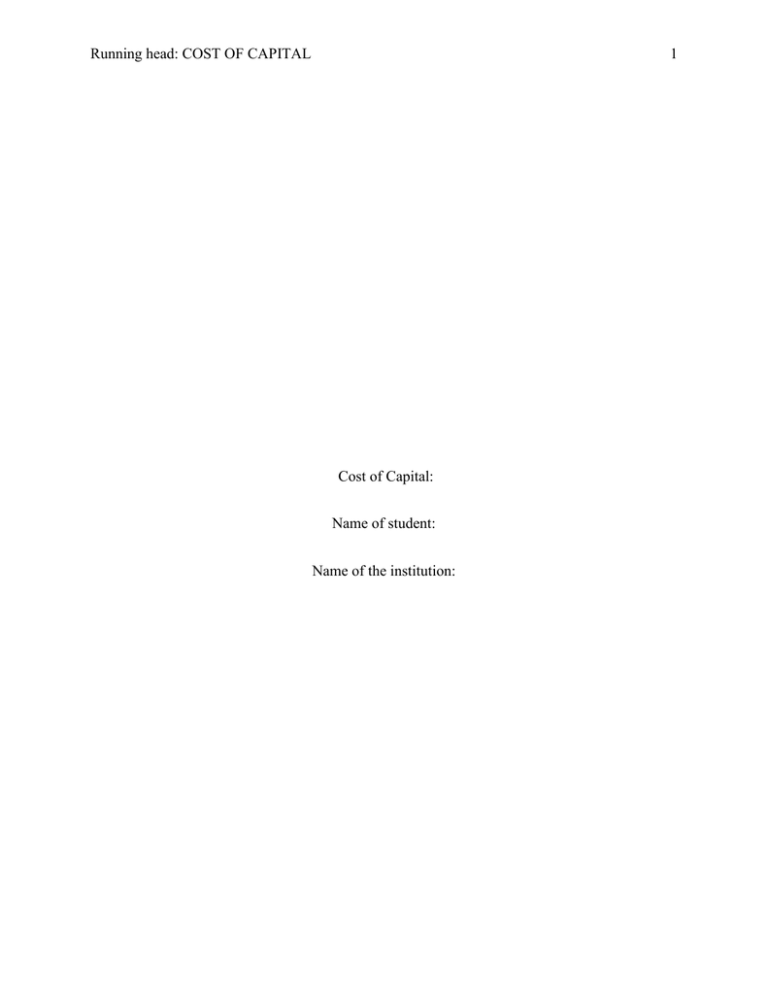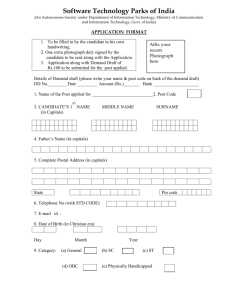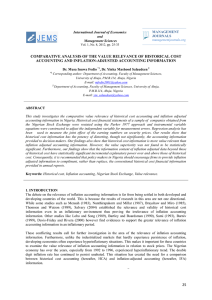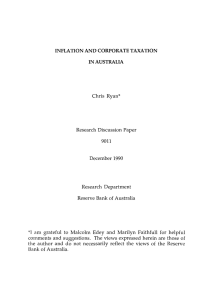600_words_2_pages_
advertisement

Running head: COST OF CAPITAL 1 Cost of Capital: Name of student: Name of the institution: COST OF CAPITAL 2 No, I would not recommend the company to use a single company –wide cost of capital for analyzing capital expenditure in all its business units. It is because the business units are different. The business units have the different environment and most important management. The business units are also of different size and hence the business processes are different. It is not therefore appropriate to use the same cost of capital of all the capital expenditures in all its business activities, since the company has a number of companies that are many. It would, therefore, require each company to have a different cost of capital, which as adequate after putting into consideration that the money of the company is valued differently. The companies also operate differently in terms of the business processes. The cost of capital should be based on each company's structure, such as the assets structure among others. It is also because the cost of capital is related to the budgeting decision of the company. There are different companies, and each of the company operates differently. Hence, it would be wise to the measure of the capital budget be based on each company. Furthermore, the cost of capitals affects the capital structure. The capital structure is based on the debt and the equity sources of capital. The individual divisions have different debt and equity sources of capital. Hence, it will be appropriate to base the decision on the cost of capital after considering the two sources of capital. The use of the individual companies to estimate the cost of capital would entail that the methods account for errors likely to occur. The method also creates a room for a valuable change. The method of a single company –wide cost of capital is prone to errors. The method is also easy to use but not accurate in estimating the actual costs of capital of the general company. As identified the best method of evaluating the cost of capital would be divisional method. In relation to the estimation of the companies cost of capital, the following things should be remembered initially. These are the firms, cost of capital and not mistaking to the cost of COST OF CAPITAL 3 equity. It would involve the consideration of financial and non-financial information of the divisions. In addition, the judgments and the assumptions will be made will be included in the decision of the cost of the capital based on the expected values. It is also required that the cost estimator should be consistent in the treatment of the inflation. The other important aspect is that the cost of capital of Exxon Mobil, it would entail the analysis of the individual companies and then evaluate their divisional costs of capital based on the data of the individual companies. The evaluation of the weights of the various capitals would be based on such factors as the inflation, uncertainty and opportunity cost. In this case, they contribute to the limitless of the capital accessibility. When the inflation level is high, there is limited access to capital, and when the inflation is low it is easier and cheap to access capital. The major sources of capitals would include the loan, equity capital and the reserved capital. To estimate the costs of the individual capitals, t would entail the measure of the market forces and establish the balance of the demand and supply. Therefore, to estimate the cost of individual source of capital in each division will depend on the analysis of capital input and the capital-output as factors that fuel the business activities of the business.





